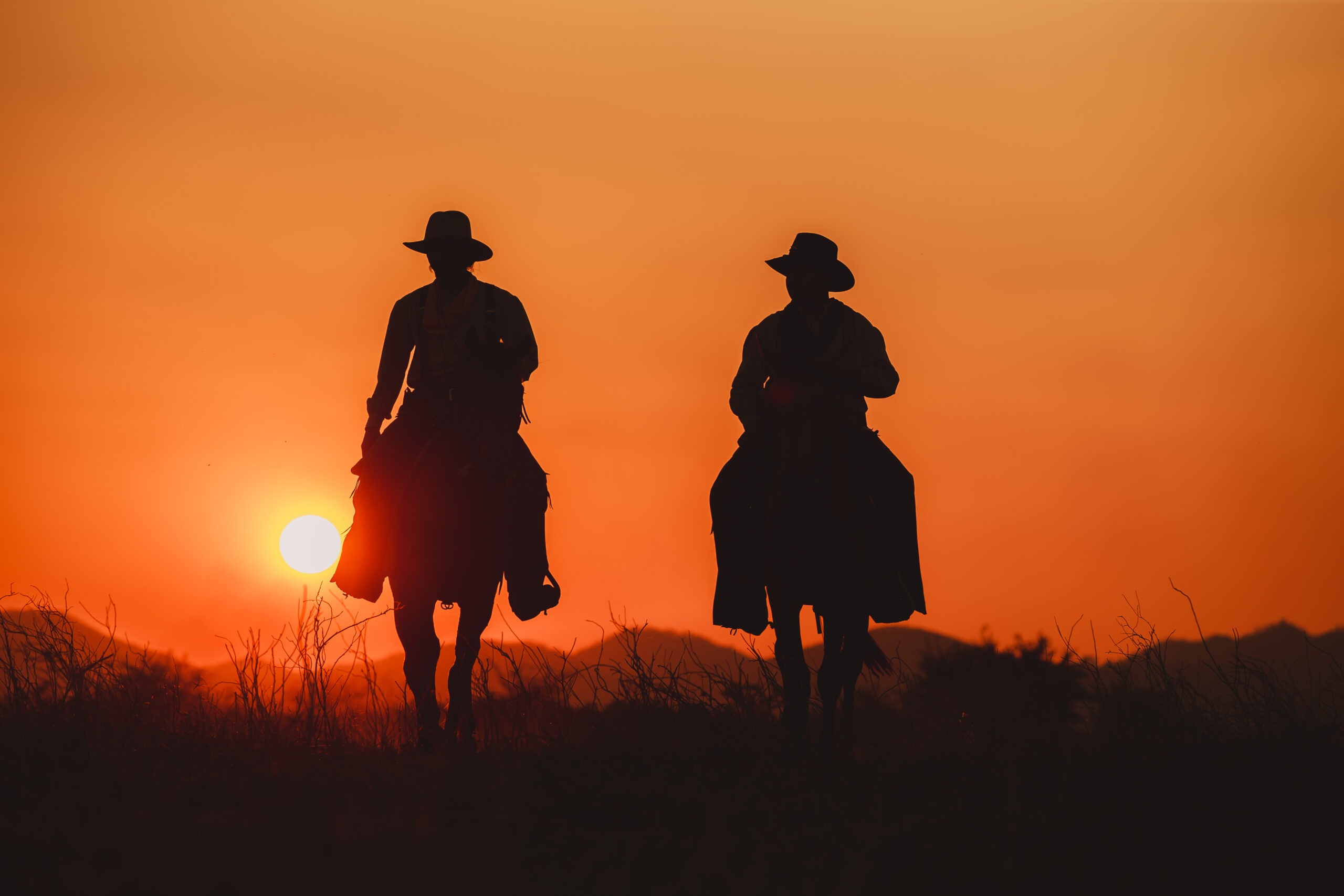
Becoming a superstar brand has become a highly difficult task in recent decades. Everyone is more sophisticated and has the tools to publish, influence, socialize, and tweet (or X). For any brand to stand out in this environment is an accomplishment.
There was a time back in the ’70s and ’80s when certain local radio stations could pull it off. Legendary call letters like WABC in New York, WLS in Chicago, KHJ in L.A., and others worked their way to becoming prominent brands in their markets.
Today, the media world is cluttered with celebrities, platforms, and brands, making it challenging for any single one to stand out…for long.
That’s why Taylor Swift being named TIME’s “Person of the Year” is so impressive. She had such a great 2023, and easily edged out King Charles II and “Barbie” for top honors.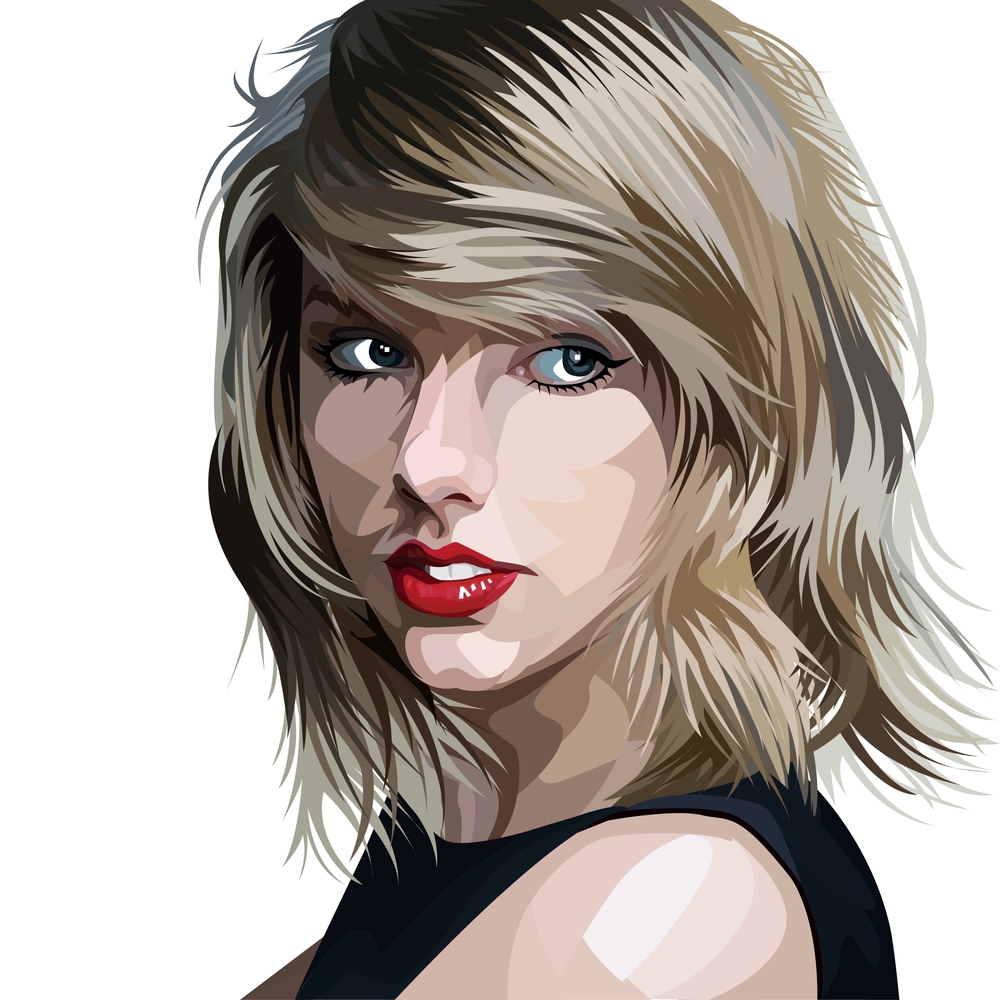
Even more amazing is that she’s the first musician to be so honored in the history of the award. When you consider this accolade started 95 years ago, Sinatra, Elvis, the Beatles, Madonna, Michael Jackson, and myriad others have been passed over for politicians, movie stars, and computers.
Until now.
Here’s something else you might not know about Taylor Swift’s accomplishment. She had some help. And I’m not talking about her mom, her management team, her crew, her staffers, or her millions of loyal Swifties.
The fact is, Taylor partnered up with another megawatt star, Beyoncé, to co-publicize each other’s superstar escapades. A story in People last week made the connection how these two icons are essentially co-promoting each other’s biggest moments.
Taylor recently showed up at the London opening of Beyoncé’s concert film, Renaissance: A Film by Beyoncé. Taylor also took to Instagram the next day to post a series of jaw-dropping photos from the premiere.
Lest we forget, Queen Bey made an appearance to support Taylor Swift’s concert film, Taylor Swift | The Eras Tour. This tit-for-tat, quid pro quo of mutual promotional firepower is what great partnerships are all about.
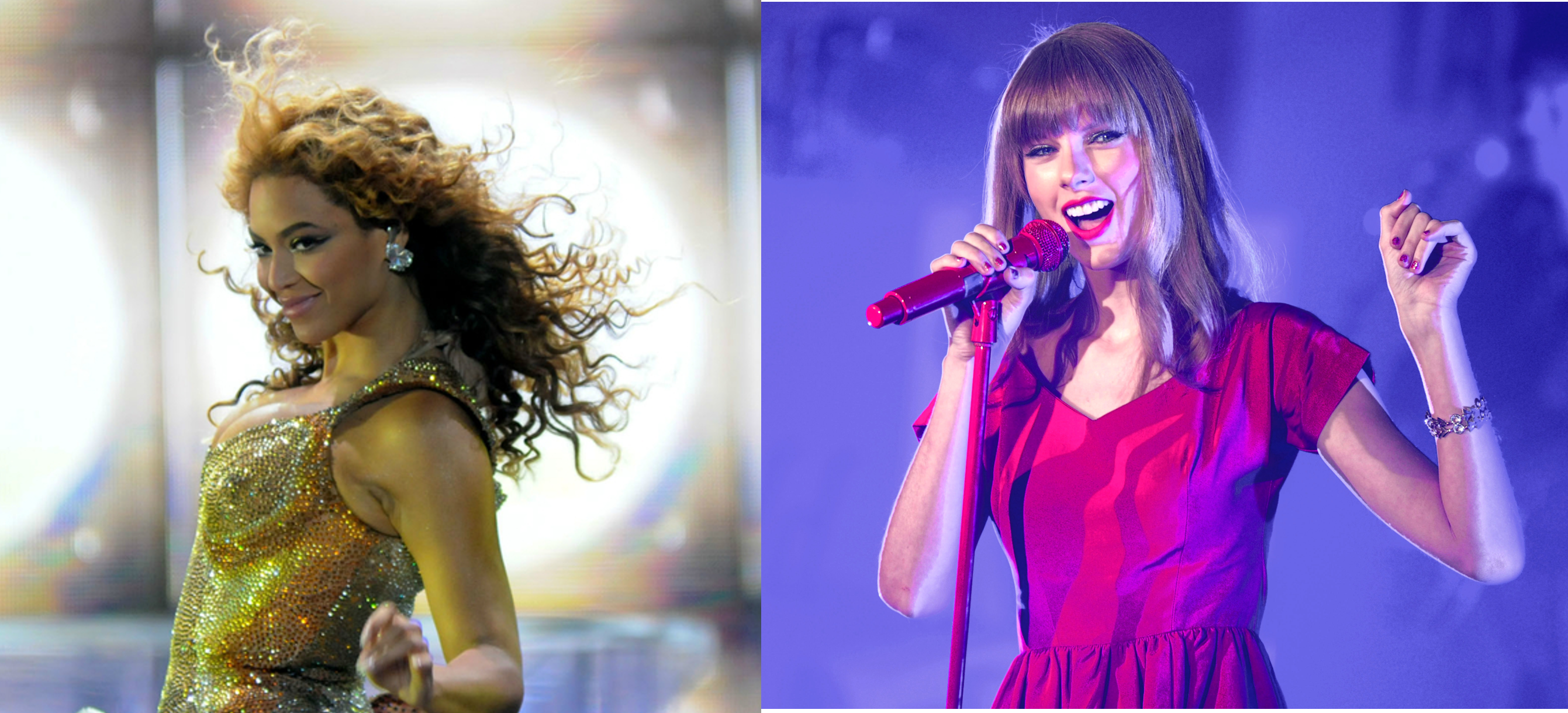
Do either of these most powerful women in music truly need the support of the other in order to make payroll? Of course not. But the additional clout that comes when one shows up at the other’s big event is what great collabs are made of.
We’ve seen pugilists like Nicki Minaj engage in senseless feuds with pretty much everyone. While those scuffles generate headlines, constructive partnerships like the one Taylor and Beyoncé have forged are much more positive. beneficial, and enduring.
You have to wonder whether these brilliant divas will find a way to merge their millions-strong communities – Swifties and The Beyhive. Their combined membership would be bigger than many U.N. countries.
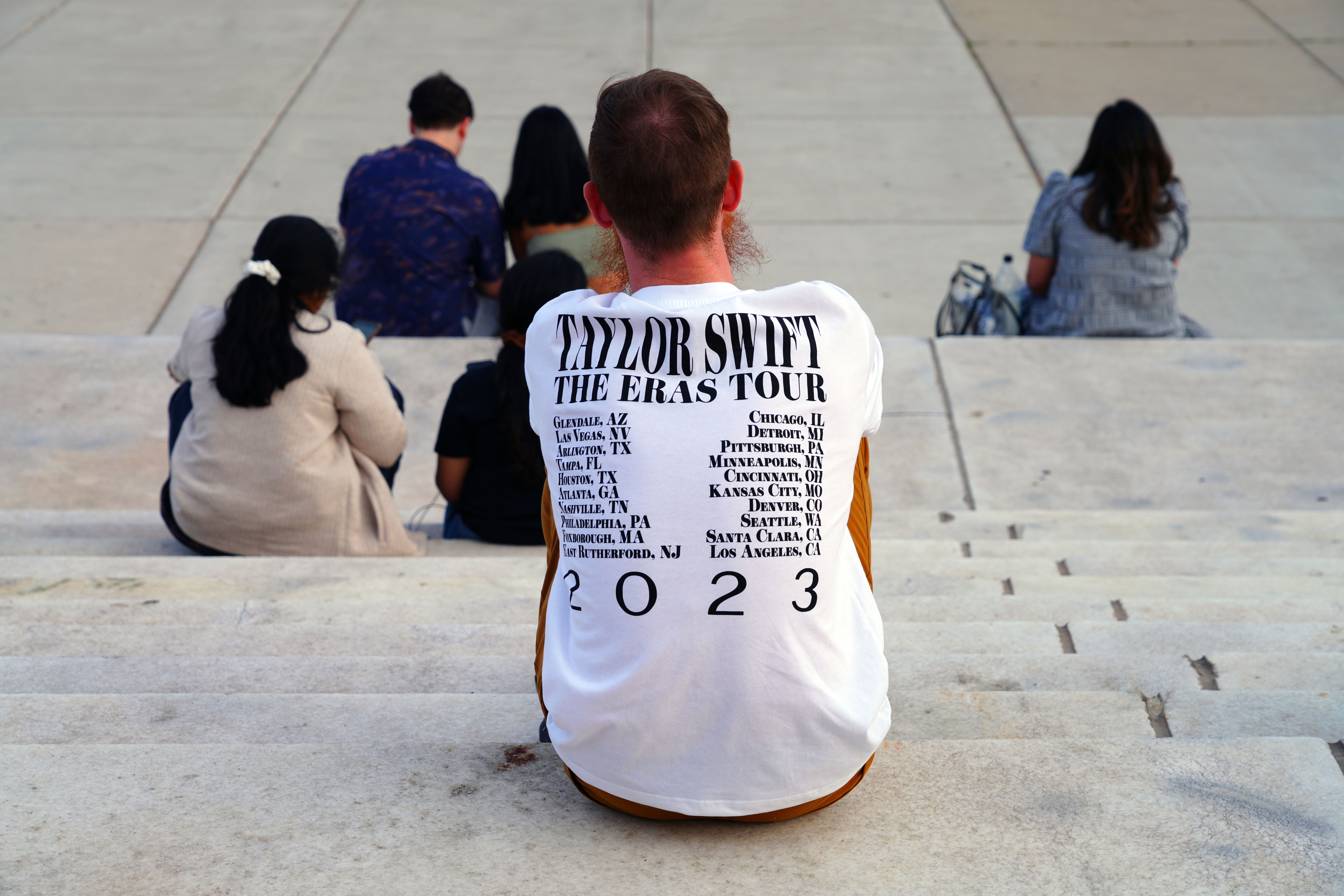
Great corporate brands are learning how this works, too. Some of the biggest B-to-C companies are looking to get stronger by combining forces for smart marketing campaigns.
Earlier in the month, I received this email from my friends at Delta Airlines:
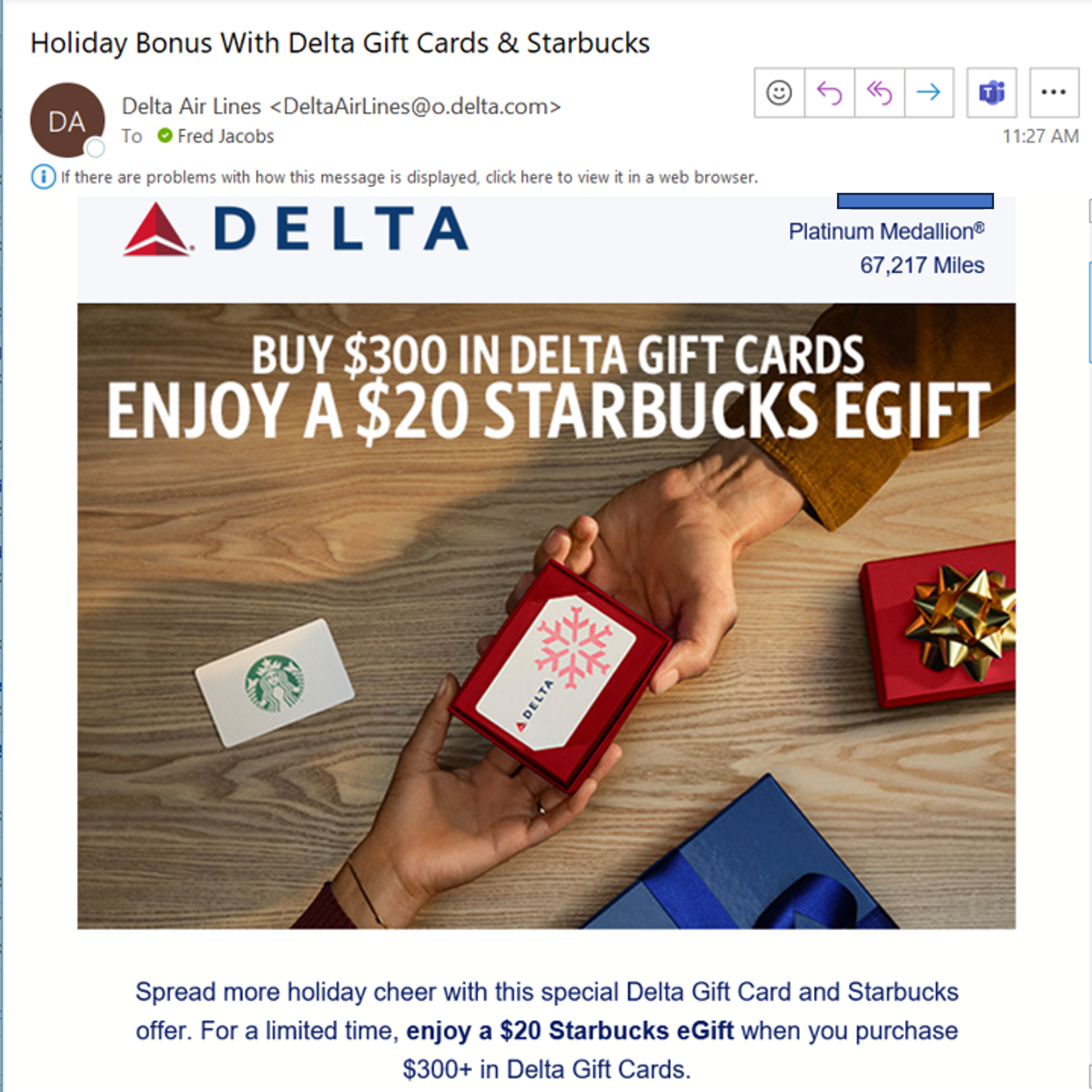
It’s a simple co-promote between two mega companies, each of which brings something different to the table. For Delta and Starbucks, it’s a chance to not only market to each other’s fans, but also share a little holiday cheer all the way around.
If it doesn’t work, each companies Marcom department moves on and tries a different tactic. But if it’s successful, it lays the groundwork for bigger and better co-promotions.
Clearly, the chance to connect with each other’s loyal customers is an obvious advantage, as is the glow of giving during a time of year when a gift is most appreciated.
We regularly see these corporate collaborations happen at CES where it’s become common for two huge companies to join forces around a technology.
While this has become a de rigueur way of doing business, one of last year’s most talked-about collabs was the collaborated electric vehicle from Sony and Honda – the Afeela. 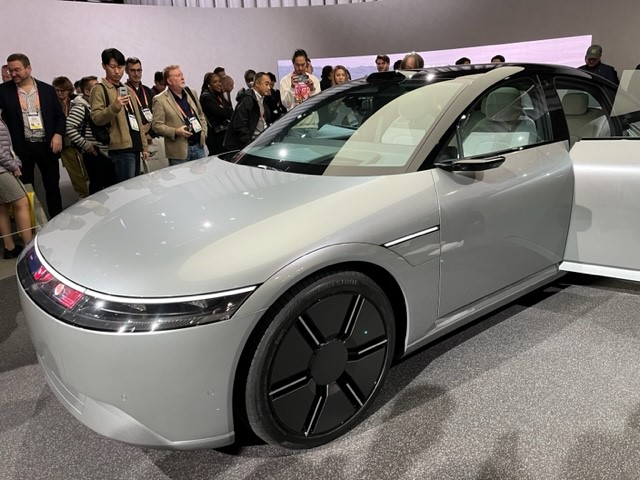
Manufactured by the automaker, the vehicle featured Sony’s signature audio technology, a perfect project for these two Japanese business leaders to handle jointly.
And that’s the point. Sony might have the desire to produce a car (much like Apple apparently has for the better part of a decade). But that’s not what it does best.
Meanwhile, Honda manufactures great vehicles, but their infotainment systems aren’t anything special. Enter Sony.
Each allows the other to not have to spend millions (or billions) learning an entirely new language and protocol. It’s the shorthand way of rapidly making waves in a new and desired space.
 For radio broadcasters, this was well-explained in an article that was published earlier this year PYMNTS: “How Smart Partnerships Overcome the Buy-Build-Partner Dynamic.”
For radio broadcasters, this was well-explained in an article that was published earlier this year PYMNTS: “How Smart Partnerships Overcome the Buy-Build-Partner Dynamic.”
It often boils down to that simple question – do we build a new division in podcasting (or video, web site design, etc.), do we buy an existing company with the desired skills, or do we partner with another company with strengths in the area a company aspires to compete in?
While a CEO and chief content officer have an important role to play here, so does the CFO to ensure the strategy is sound and that both companies aren’t just looking toward the future – at the expense of the present financial realities.
Igor Bazay, VP finance at data intelligence platform Enigma, tells PYMNTS how it works:
“It’s a reevaluation of the question of build, versus buy, versus partner. I think there is tremendous opportunity in this environment to strike new partnership deals and create ecosystem collaborations around product.”
While partnership may not always be the solution, they are often the least explored option. For an industry like radio broadcasting where cash is tight, collaborations could prove to be the shortest distance between two points.
In a local media market, a radio cluster partnering with a local TV station could provide “outside marketing” for both.
Public radio stations are showing how this works in various states where local stations throughout the region pool news coverage.
And there is room for state broadcaster associations and industry trade associations to look toward the power of collaboration for sustainability and growth.
For something as simple as customer/client databases (similar to the Delta-Starbucks example), it’s a chance to talk to different audiences while providing them with more value.
Delta-Starbucks example), it’s a chance to talk to different audiences while providing them with more value.
As we start preparing for CES early next month, it’s important to remind ourselves that innovation doesn’t just take the form of new gadgetry and AI applications. More and more each year, we see mega-companies rolling up their sleeves and working together on big projects and initiatives.
For radio to effectively problem-solve in the new year, it will require creativity and looking at the industry through a different lens.
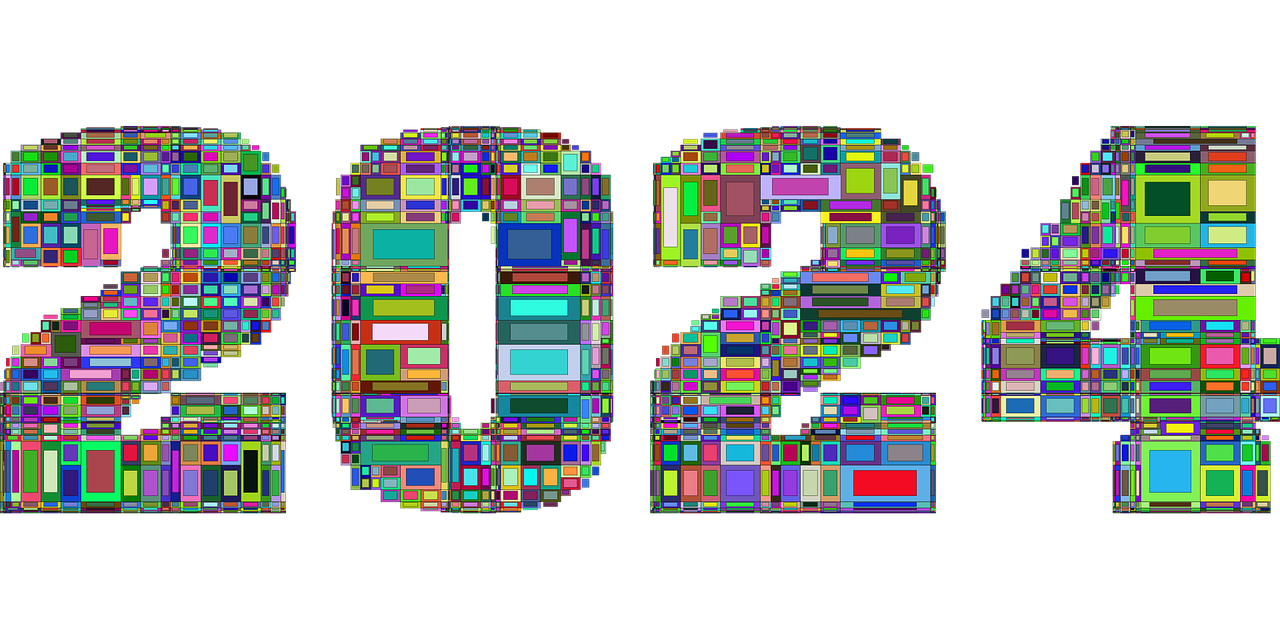 As radio careens – or better yet, crawls – into an uncertain new year, a little hedging might prove to be a welcome strategy. The environment can be perilous, so collaborating with like-minded leadership might make a welcome difference.
As radio careens – or better yet, crawls – into an uncertain new year, a little hedging might prove to be a welcome strategy. The environment can be perilous, so collaborating with like-minded leadership might make a welcome difference.
In an industry where “the children” have historically not played well together, dynamic partnerships might prove to be that important first step in recovering and thriving in 2024.
It’s worked wonders for Taylor Swift and Beyoncé.
If you’ve got a great partnership example of your own, let’s hear about it.
Thanks to Allie Jacobs for the heads-up. – FJ
- What To Do If Your Radio Station Goes Through A Midlife Crisis - April 25, 2025
- A 2020 Lesson?It Could All Be Gone In A Flash - April 24, 2025
- How AI Can Give Radio Personalities More…PERSONALITY - April 23, 2025




Our Missouri stations in Sikeston have partnered with one of our local TV station for several years, it is a trade, we run ads for the shows on the station and they provide our weather reports on all stations. It needs some tweaking, but has been a pretty good partnership for all.
Makes sense to me, George. Thanks for sharing it.
Is this different from putting a “table card” in a local eatery to promote “Win $1000 on Breakfast with Bozo” on 100.7 Cool FM? These connections are wonderfully creative but nothing new. Radio can benefit by promoting its benefits (free, easy, local maybe, relatable) and at least giving people a reason to listen while they still can (while radio’s still in the dashboard). Dynamic partnerships go back to the days when Powell Crosley started a radio station to sell more radios. Reading where McDonald’s looks to vastly increase the number of its restaurants in the coming years, wouldn’t it be wonderful if radio as an industry developed its own “Dynamic Partnership” to connect a legacy medium to a legacy restaurant? We COULD make each other “cool” again.
Dave, you’re right – the entire premise probably goes thousands of years when two enterprises reaelized they could help the other while helping themselves. We see so many stations cash-strapped and paralyzed by current conditios. Sometimes, innovation is hiding in some of the most obvious places Thanks for the comment.
She’s pretty brilliant at meshing audiences too. Lots of Youtube videos where she’s calling out different generation’s stars to be on stage with her and singing their songs. Stephen Tyler, James Taylor, Garth Brooks, Brooks & Dunn, Carole King, etc. And when she does it she’s enthusiastic for their being there and lets them bask in the adoration of her and her audience 100% for long periods. It’s their moment and she lays back out of it. You can’t help but like her more by the way she treats her guests. And, she guests with others also, and basically does the same thing in appreciation of them asking. VERY smart and savvy lady.
Totally, Pat. All of this is additive to not only her band book, but her star power. But beyond that, her word of mouth (that is, her Net Promoter Score would be through the roof among music performers)is in a class all its own. Your comment attests to that. Thanks for engaaging on this one.